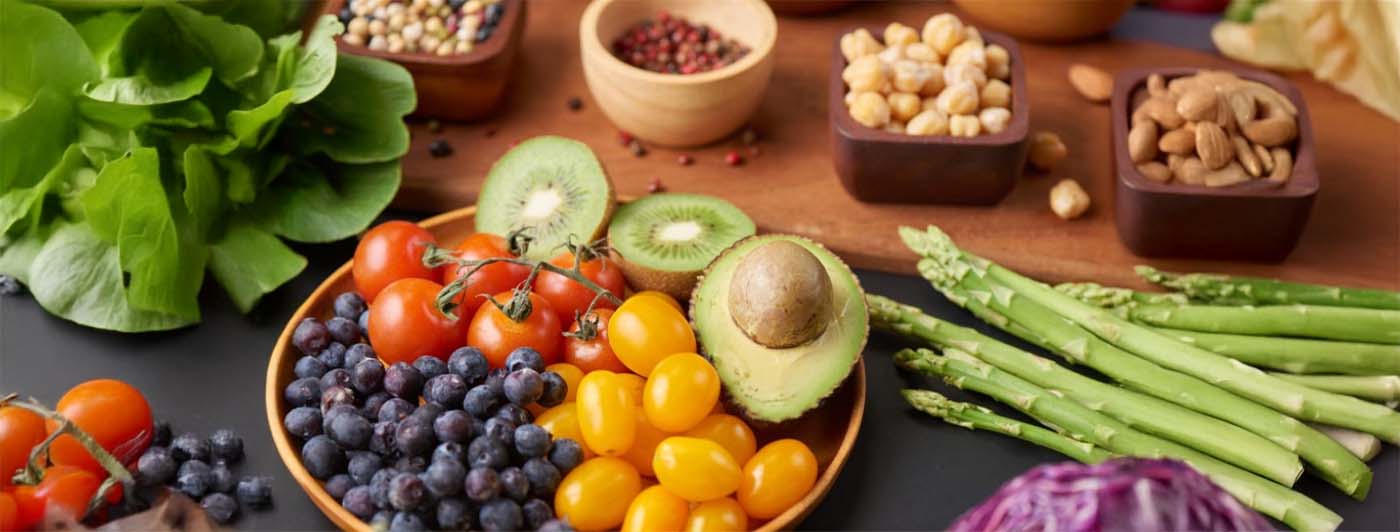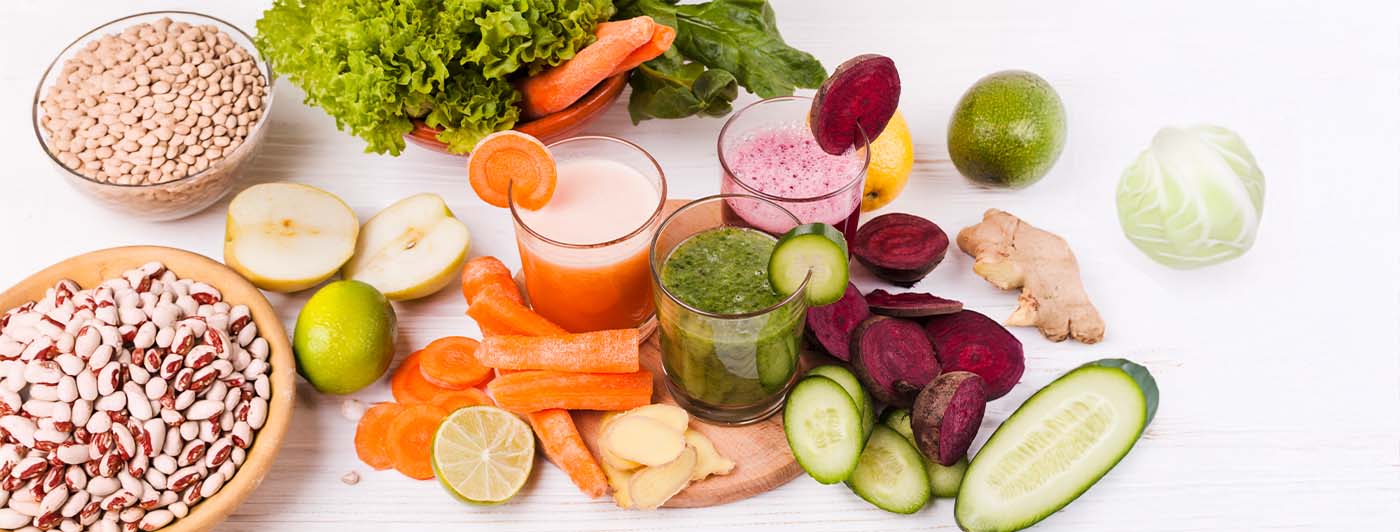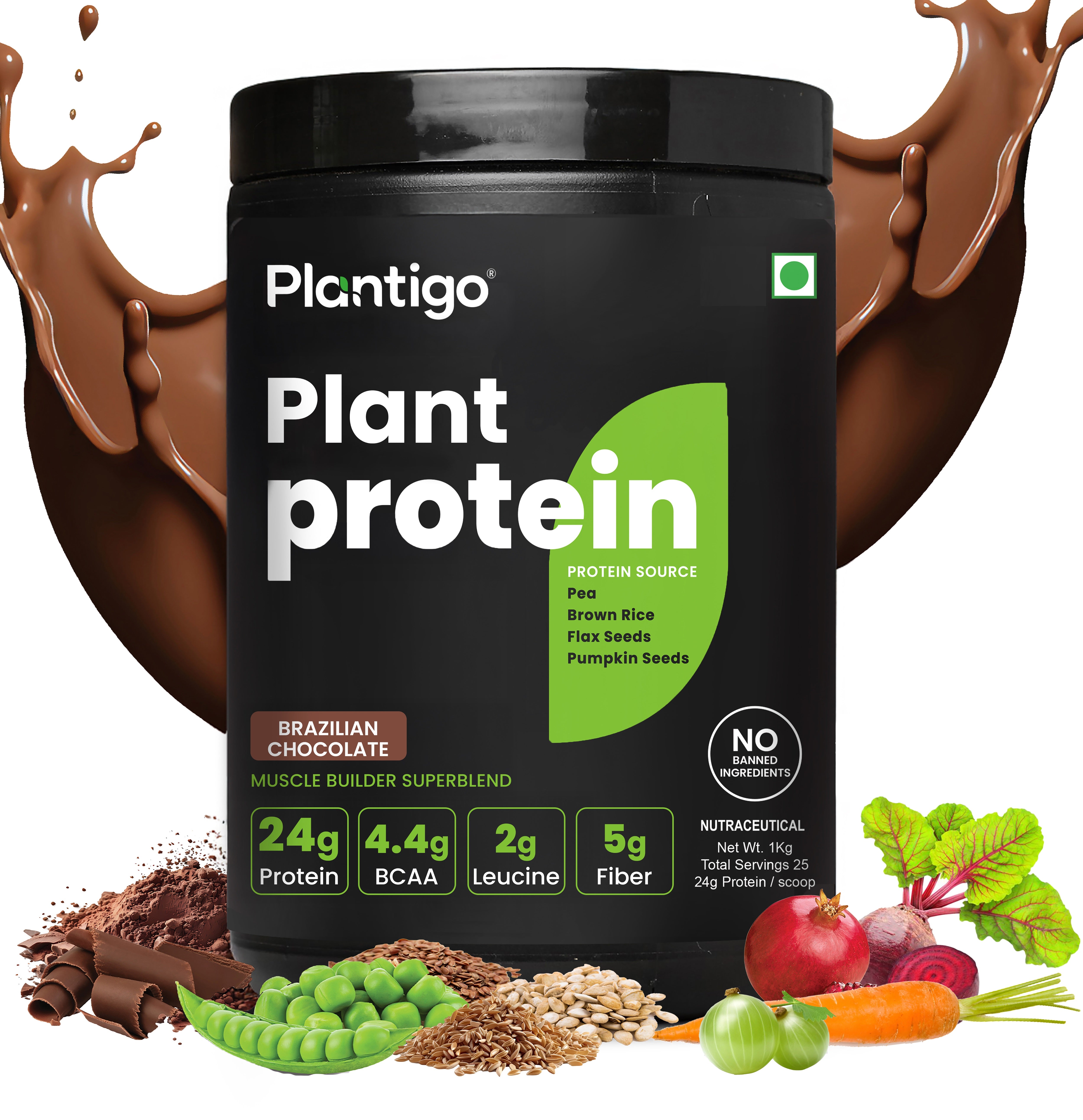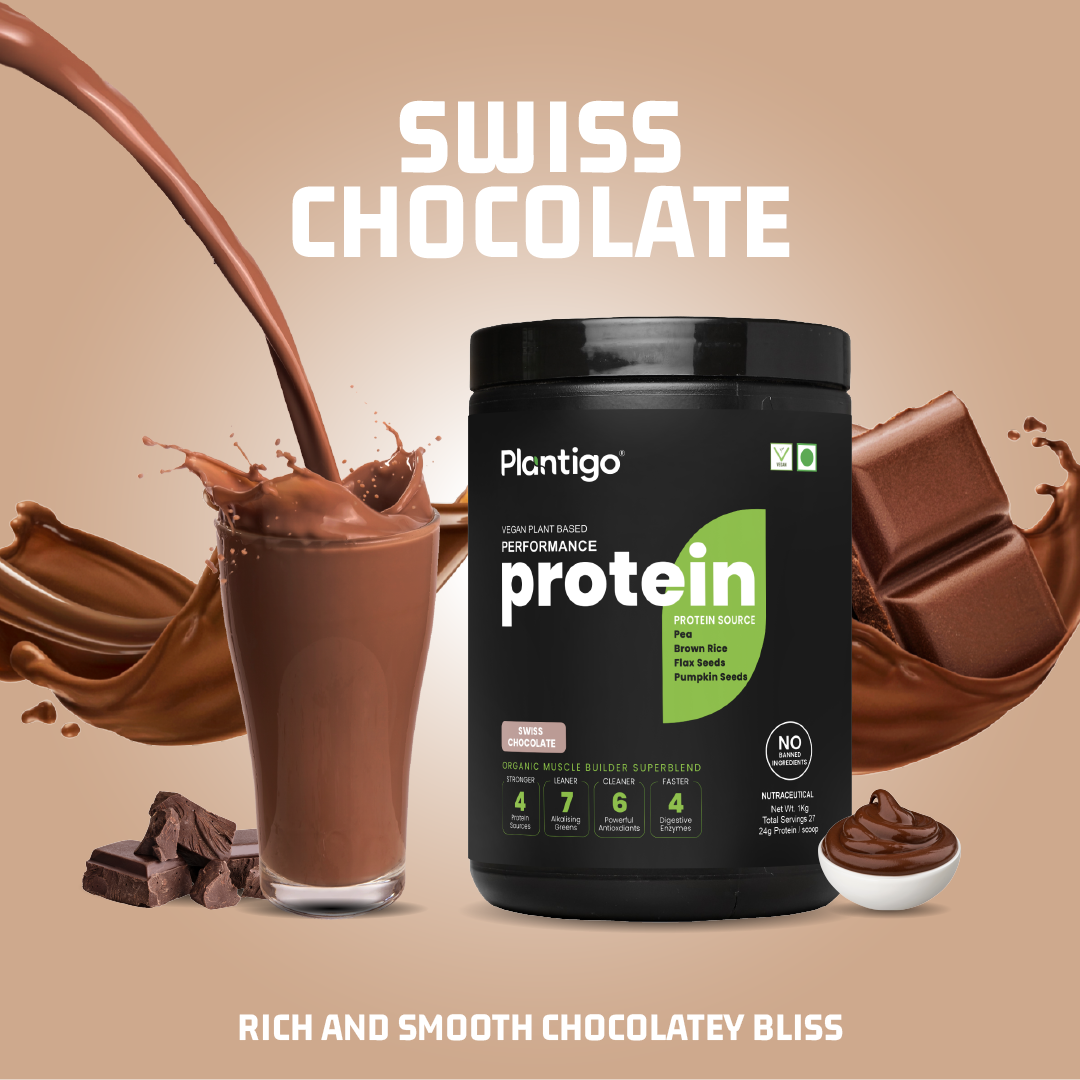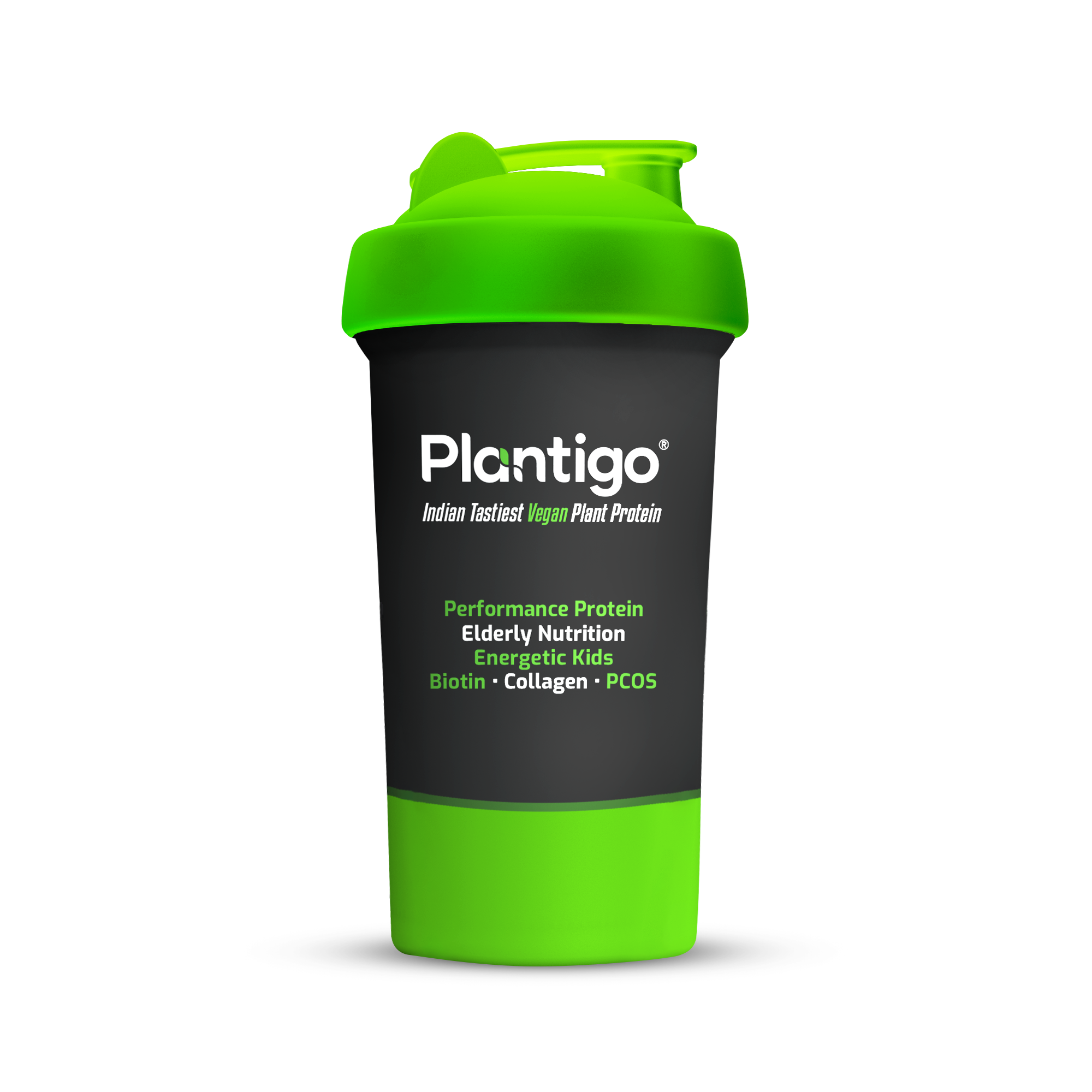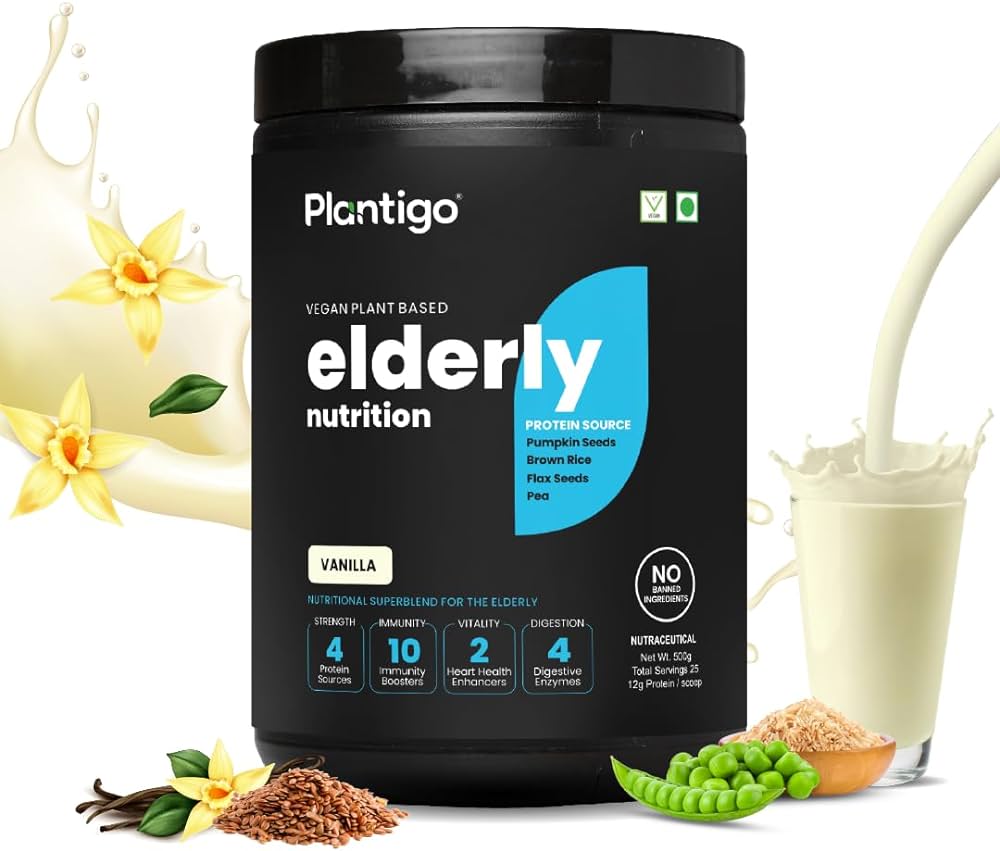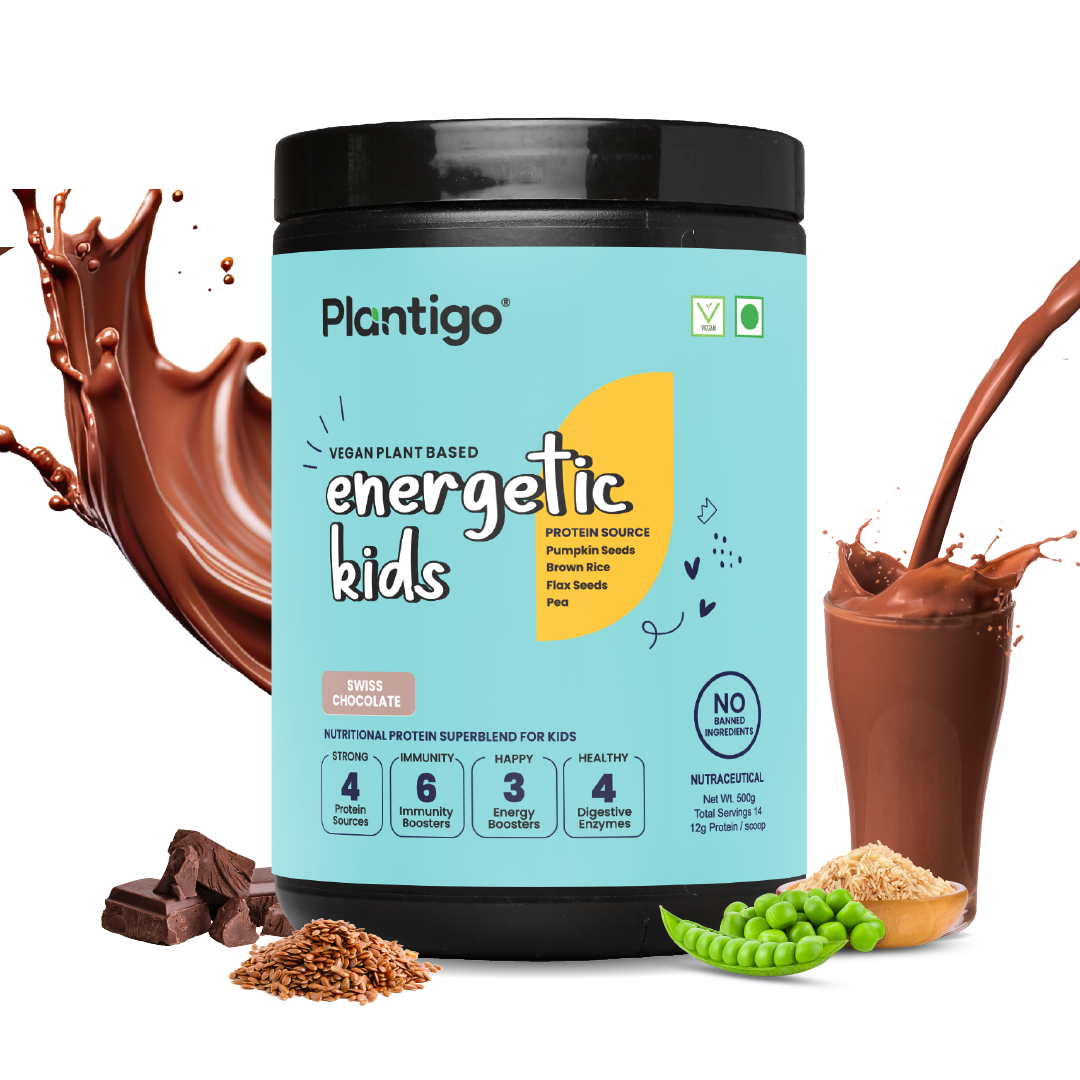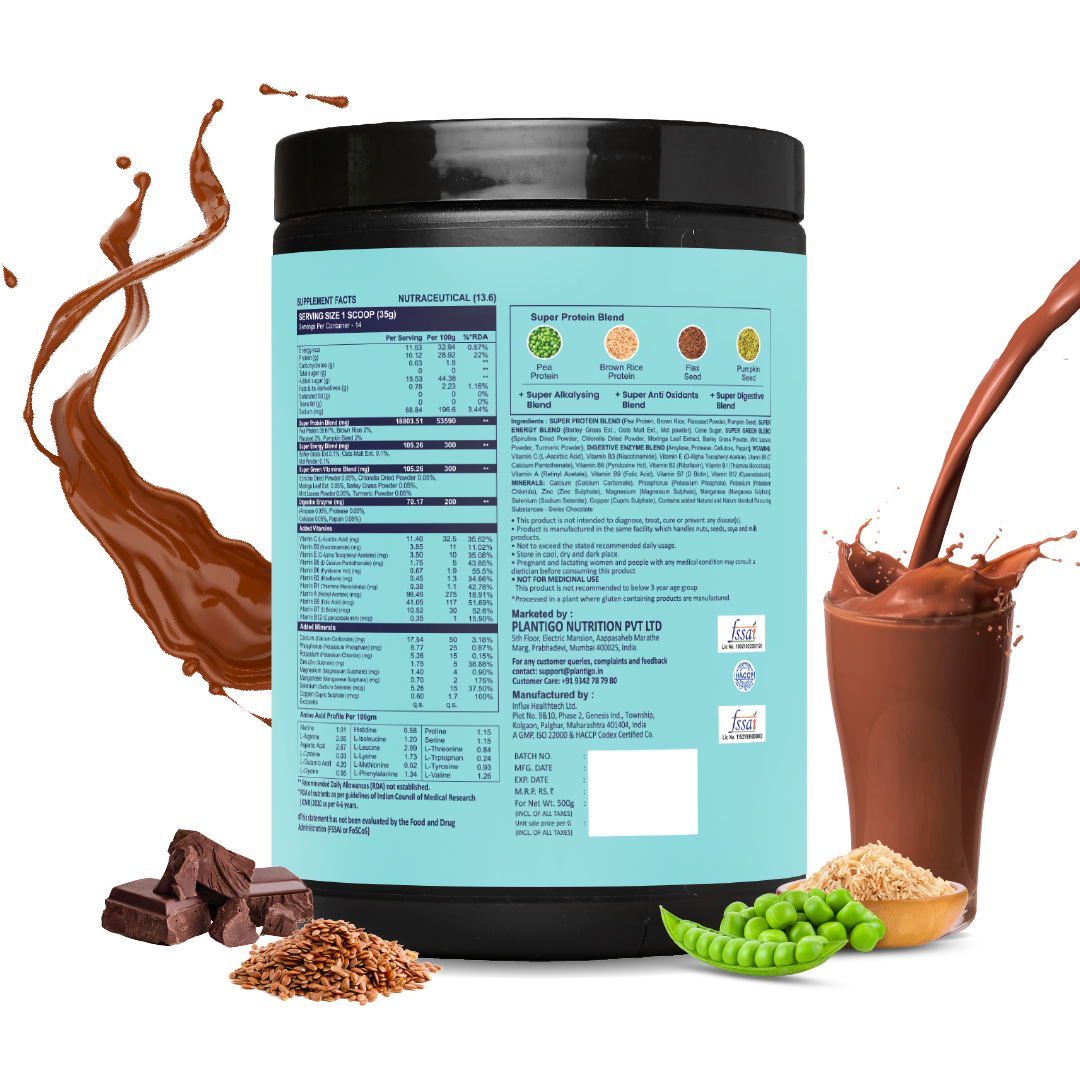Tired of mood swings, irregular periods, or low energy? Your hormones — especially progesterone — could be out of balance. Hormonal health is key to a woman’s well-being, influencing everything from cycles and fertility to mood and metabolism.
Low progesterone is more common than you think, often triggered by stress, poor diet, or aging. The good news? You can support your body’s natural hormone production with the right progesterone rich foods — many of which are also excellent sources of plant protein.
This guide explores the top 9 foods that naturally boost progesterone levels, along with their benefits and easy ways to add them to your routine.
Why Do We Need Progesterone Rich Foods?
While progesterone is naturally produced in the body, especially after ovulation during the luteal phase, modern lifestyle factors can lead to lower-than-optimal levels. Symptoms of low progesterone include irregular periods, anxiety, insomnia, bloating, and even fertility issues.
Though no food contains progesterone directly, progesterone rich foods support the body's production by providing essential nutrients like vitamin B6, magnesium, zinc, and healthy fats. These nutrients nourish the adrenal glands and ovaries — the organs responsible for making progesterone.
A systematic review highlighted that women with premenstrual syndrome (PMS) often have significantly lower levels of calcium and magnesium compared to women without PMS. Furthermore, calcium supplementation at 1,200 mg daily over three menstrual cycles was shown to reduce PMS symptoms by nearly 48%. This provides compelling evidence that micronutrient sufficiency can influence luteal phase function and indirectly support optimal progesterone production.
Let’s now explore the best foods to include in your hormone-balancing diet.
Top 9 Progesterone Rich Foods

1. Avocados
Avocados are among the top progesterone rich foods because they are packed with monounsaturated fats, plant sterols, and fiber. The healthy fats in avocados are crucial for hormone synthesis since hormones are made from cholesterol.
Avocados also contain potassium, folate, and magnesium, which help regulate cortisol levels and support the adrenal glands — indirectly enhancing progesterone levels.
Include avocado in your breakfast smoothie, on whole-grain toast, or in salads to reap the benefits.
2. Pumpkin Seeds
Pumpkin seeds are incredibly rich in zinc, a mineral vital for stimulating the pituitary gland. This gland signals the ovaries to produce more progesterone. They also contain magnesium, which reduces stress-induced cortisol — another progesterone suppressant.
A comprehensive review highlights the importance of zinc in female reproductive health, including its role in regulating hormone release and supporting ovarian function across both fertile and postmenopausal ages.
These small seeds are easy to add to your meals. Toss them over your salads, blend them into nut butters, or enjoy as a roasted snack. As part of your hormone-supportive pantry, pumpkin seeds easily rank among essential progesterone rich foods.
3. Chia Seeds
Chia seeds support hormonal health due to their high omega-3 content. Omega-3s reduce inflammation and improve hormonal communication in the body. They are also fiber-rich, aiding digestion and gut health — both key for detoxification of excess estrogen, which needs to stay in balance with progesterone.
Chia seeds also help with nutrient-dense weight management. Though often used by fitness enthusiasts, chia seeds for weight gain can be effective when consumed with calorie-dense ingredients like nut butters or plant milk.
Soaked overnight in plant-based milk with natural sweeteners, chia seeds make for a powerful hormone-balancing breakfast.
4. Leafy Greens (Spinach, Kale, Swiss Chard)
Leafy greens are excellent progesterone rich foods because they are loaded with magnesium, B vitamins, and antioxidants. Magnesium plays a direct role in regulating the body’s stress response, and lower cortisol means better progesterone function.
For those on a vegetarian or vegan diet, leafy greens can serve as a non-animal source of critical micronutrients often grouped under vitamin B12 fruits and vegetables. While they don’t provide B12 directly, they offer a spectrum of supportive B vitamins that boost metabolic health.
Blend into smoothies, sauté as side dishes, or prepare as the base of your salad bowls.
5. Lentils and Pulses
Lentils, a protein staple in Indian diets, are rich in folate, iron, zinc, and B6 — all contributors to progesterone production. B6, in particular, supports neurotransmitter health and progesterone synthesis. Zinc promotes ovarian function and is a co-factor in hormone creation.
Wondering which dal has highest protein? Moong dal and urad dal lead the way, making them essential for both hormone health and muscle repair.
Lentils also fall into the broader category of protein rich Indian food, providing plant-based nutrition while stabilizing blood sugar — a key factor in hormonal regulation.
6. Sunflower Seeds
Sunflower seeds are an underrated gem among progesterone rich foods. They contain vitamin E, selenium, and magnesium — a trio of nutrients that improve luteal phase progesterone levels and reduce PMS symptoms.
Vitamin E is particularly effective at enhancing corpus luteum function (the structure in the ovary that produces progesterone after ovulation).
Use sunflower seeds in trail mixes, grind into seed butters, or sprinkle onto oatmeal and smoothies.
7. Sweet Potatoes
Sweet potatoes are a rich source of beta-carotene and slow-digesting carbohydrates. Beta-carotene helps regulate estrogen metabolism, preventing estrogen dominance, which can suppress progesterone levels.
They also make a great choice when exploring weight gain vegetables, especially when paired with healthy fats and proteins.
Roast, mash, or air-fry sweet potatoes as a satiating side dish. They promote healthy ovulation and improve adrenal health, indirectly boosting progesterone.
8. Almonds
Almonds are full of magnesium, vitamin B2, and healthy fats. Magnesium, as discussed earlier, reduces cortisol and supports adrenal balance — both of which are crucial to the body’s ability to make progesterone.
Almonds also promote brain health and improve sleep quality, which is tied to better hormone regulation. A handful of raw almonds or a tablespoon of almond butter can support your daily intake of progesterone rich foods.
They also blend well into smoothies or serve as a great snack in between meals.
9. Quinoa
Quinoa is a gluten-free seed that functions like a grain. It’s one of the few plant sources with complete protein — meaning it contains all nine essential amino acids. It's also rich in zinc and B vitamins, both of which promote hormonal balance and progesterone synthesis.
Quinoa is an ideal option for those looking to increase their plant protein intake naturally. It also works well for women considering plant based protein powder supplements, especially during high physical stress or peri-menopause.
Use quinoa as a base for grain bowls, substitute it for rice, or enjoy it in warm breakfast porridges.
The Power of Eating for Hormonal Balance
Adding these progesterone rich foods into your daily meals can support your body's natural hormone production. But it’s also essential to eat in a way that supports overall metabolic health.
Stable blood sugar, gut health, and nutrient sufficiency are all required to maintain hormonal equilibrium. Consider using a protein intake calculator to ensure you're meeting your daily needs, especially if you follow a vegetarian or vegan diet.
Incorporating nutrient-dense, anti-inflammatory ingredients that also support skin, hair, and mood adds another layer of benefit. For instance, keratin rich foods like carrots and bell peppers promote hair strength, while melanin rich foods like dark chocolate, berries, and tomatoes support skin protection and hormonal balance.
Bridging Plant-Based Nutrition and Hormonal Health
Many women are increasingly turning to plant-based diets for health, ethical, or environmental reasons. In that journey, discovering the best plant based protein becomes important — not just for muscle maintenance, but also for hormonal and reproductive health.
A combination of lentils, quinoa, seeds, and nuts can offer a strong nutritional foundation. Adding high-quality plant protein sources into your meals is a smart, sustainable strategy for long-term health.
Final Thoughts
Hormones are influenced by everything — stress, sleep, movement, and most importantly, what you eat. Prioritizing progesterone rich foods can help your body naturally produce and balance hormones — often without the need for external hormone therapies.
These nine foods — from avocados and pumpkin seeds to lentils, almonds, and quinoa — are not only rich in essential nutrients but also excellent sources of plant protein. They fit seamlessly into every lifestyle and kitchen.
At Plantigo, we believe in supporting your body with clean, plant-based nutrition. Whether you're building a hormone-friendly plate or supplementing smartly, Plantigo Plant Protein is formulated to help you feel your best — with no junk, no fillers, just clean support for real results.
Start nourishing your hormones naturally — your journey to balance begins with better food choices.
FAQs About Progesterone Rich Foods
1. Can food really help increase progesterone levels naturally?
Yes — while foods don’t contain actual progesterone, certain nutrients found in food can support your body’s natural hormone production. Nutrients like zinc, magnesium, vitamin B6, and healthy fats play a vital role in stimulating the glands (like the ovaries and adrenal glands) that produce progesterone. Including more progesterone rich foods in your diet can promote better hormonal balance over time.
2. Which nutrients are most important for progesterone production?
The key nutrients that help support progesterone levels include:
-
Zinc – supports ovarian function
-
Vitamin B6 – aids in hormone metabolism
-
Magnesium – reduces stress-related cortisol, which can suppress progesterone
-
Vitamin C and E – support luteal phase health
These are commonly found in foods like pumpkin seeds, lentils, leafy greens, nuts, and citrus fruits.
3. Do seeds like pumpkin and sunflower affect progesterone?
Absolutely. Pumpkin seeds are rich in zinc, which helps trigger progesterone production, while sunflower seeds are packed with vitamin E and selenium, nutrients shown to support the corpus luteum — the structure that produces progesterone after ovulation. Together, they make excellent hormone-friendly additions to your daily diet.
4. Can eating vitamin C-rich foods improve progesterone levels?
Yes. Research suggests that higher intake of vitamin C may be linked to increased progesterone, especially during the luteal phase. Foods like kiwis, oranges, strawberries, and bell peppers are excellent sources of vitamin C and can be an easy way to support your cycle naturally.
5. Are high-fiber foods helpful for hormone balance?
They are! Fiber helps the body eliminate excess estrogen, which if left unchecked, can disrupt the estrogen-progesterone balance. Eating high-fiber options like quinoa, leafy greens, lentils, and vegetables allows progesterone to function more effectively and may reduce PMS symptoms or cycle irregularities.



